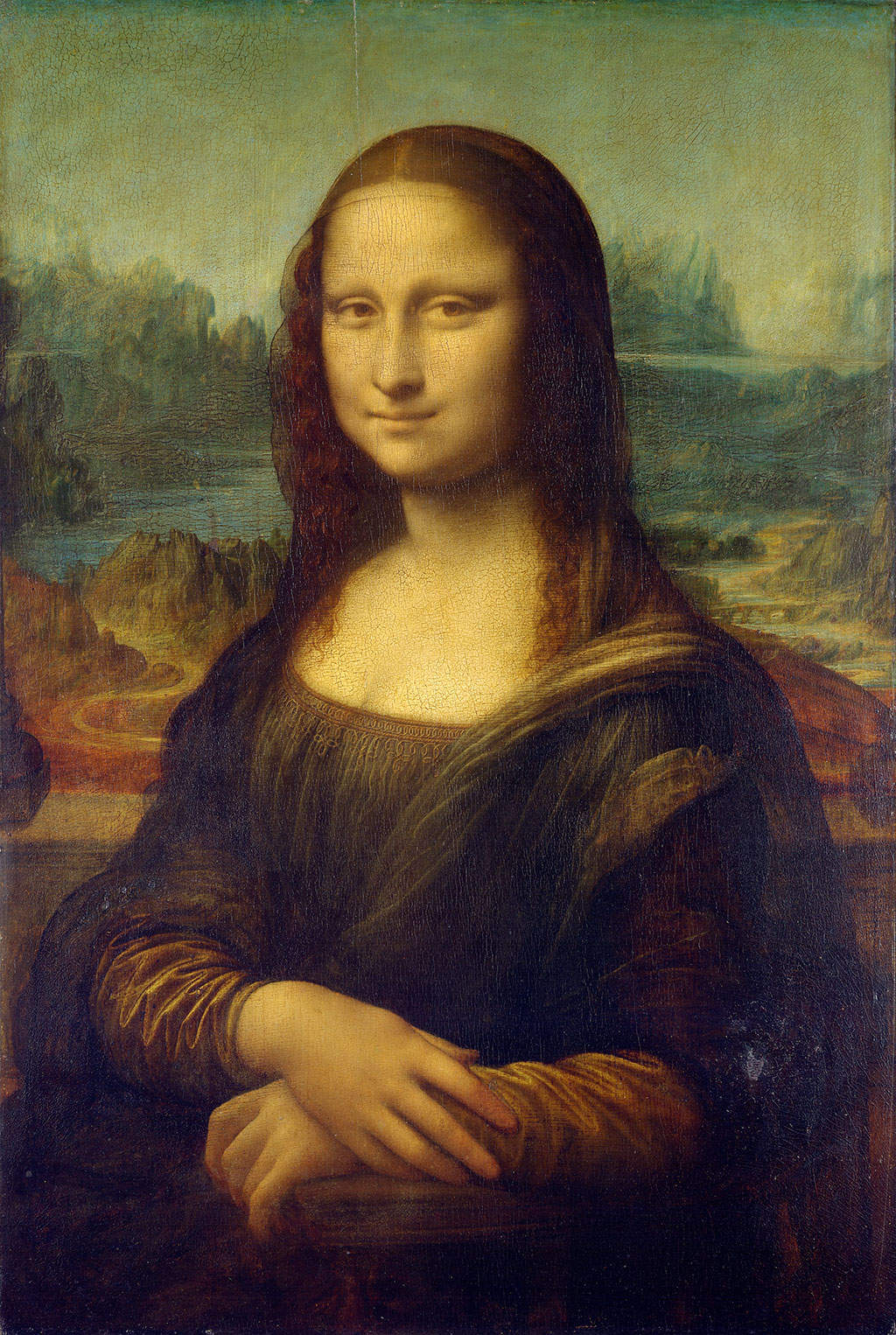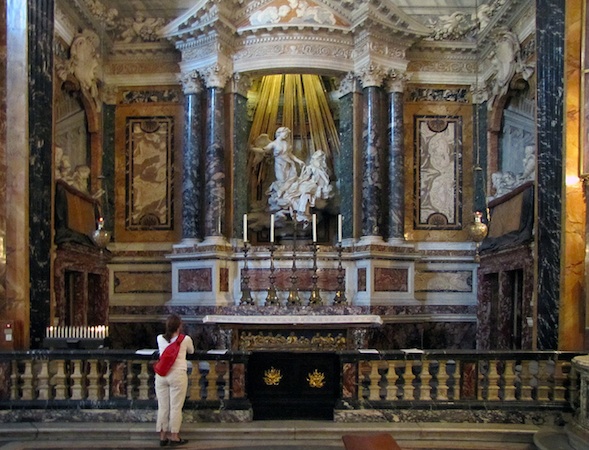WA4. The Role of the Artist in 15-18th Century Europe¶
Statement¶
In an essay:
- Discuss the shift in the role of the artist, from unknown artisans or craftsmen to public figures and creative “geniuses” during this time.
- Specifically refer to at least one work of art from each of the three major stylistic periods from this unit (Renaissance, Baroque, and Rococo), and explain how the work reflects the newly powerful role of the artist who produced it.
Answer¶
In the Middle Ages, art was greatly influenced by the Church and its rules on what was acceptable and what was not; so artists had a little room for creativity with their works as standard as the work of craftsmen or artisans. However, starting from the 15th century, the movement towards a more secular society and the rebirth of the classical arts have enabled artists to have their own style driven by their creativity and imagination. Every artist was seen as a creative genius, and their works were unique and original and different from the works of other artists. This text will explain the shift in each of the three major stylistic (Renaissance, Baroque, and Rococo) and how the works of art reflect the newly powerful role of the artist who produced them.
The Renaissance was a period of rebirth of the classical arts; artworks were filled with emotions; artists used linear perspective to give an illusion of space and were interested in the human body and its proportions. Artists began to put their name on their work as it is now considered an intellectual property, especially, as artists had to know geometry, anatomy, and other sciences along with their talent to create an extraordinary work (Westchester Community College, 2015). One of the most famous works of the Renaissance is the Mona Lisa by Leonardo da Vinci who was a painter, sculptor, architect, and engineer. The Mona Lisa is a portrait of a smiling woman whom the artist met; the perfect image demonstrates Davinci’s knowledge of anatomy, and the smile fills the portrait with emotions and mystery; the landscape in the background is a perfect example of linear perspective (Paris City Vision, 2024).
 |
|---|
| Mona Lisa by Leonardo da Vinci (Paris City Vision, 2024) |
The Baroque period was a period of drama and emotions; artists were interested in showing the power of the Church and the State; they used light and shadow to create drama and emotions in their works. “Artists were seen as important figures in society; they began depicting themselves as nobles and classifying their work as a scholarly pursuit” (University of Vermont, 2024). One of the most famous works of the Baroque is the Ecstasy of Saint Teresa by Gian Lorenzo Bernini who was a sculptor, painter, and architect. The Ecstasy of Saint Teresa is a sculpture of Saint Teresa in a state of spiritual vision that she described as a short angel with a spear piercing her heart and filling her with the love of God. The sculpture is a perfect example of the Baroque style; the use of art to convey spiritual emotions, as if were a talking sculpture (Harris & Zucker, 2023).
 |
|---|
| Ecstasy of Saint Teresa by Gian Lorenzo Bernini (Harris & Zucker, 2023) |
The Rococo period was a period of art and “interior design with an aristocratic idealism that favored elaborate ornamentation and intricate detailing” (The Art Story, 2017). Artists were interested in showing the beauty of nature and the human body based on their client’s preferences; artists also started to show their work in public exhibitions and galleries. One of the most famous works of the Rococo is The Swing by Jean-Honoré Fragonard who was a painter. The Swing is a painting that shows a secret love affair, with the client asking to be painted looking under her lover’s dress while she was swinging. The painting is a perfect example of the Rococo style; the use of art to fulfill aristocratic leisure and lust, the painting is filled with emotions and movements, and the colors spread joy and happiness (Smart History, 2023).
 |
|---|
| The Swing by Jean-Honoré Fragonard (Smart History, 2023) |
In conclusion, the role of the artist changed significantly between the 15th and 18th centuries; artists started to be seen as creative and owned their work in the Renaissance, then they were seen as scholars and intellectuals in the Baroque, and finally, they mixed with the aristocracy and lived a life of luxury in the Rococo. The artwork of each of these periods greatly reflects the changes in society and the advancements in the ways of art as well.
References¶
- Harris B. & Zucker S. (2023). Khanacademy.org. https://www.khanacademy.org/humanities/renaissance-reformation/baroque-art1/baroque-italy/a/bernini-ecstasy-of-saint-teresa
- Paris City Vision. (2024). The Mona Lisa, history and mysteries - Musée du Louvre Paris - PARISCityVISION. Pariscityvision.com. https://www.pariscityvision.com/en/paris/museums/louvre-museum/the-mona-lisa-history-and-mystery
- Smart History. (2023).– Jean-Honoré Fragonard, The Swing. Smarthistory.org. https://smarthistory.org/jean-honore-fragonard-the-swing/
- The Art Story. (2017). Rococo Movement Overview. The Art Story. https://www.theartstory.org/movement/rococo/#:~:text=Painting%20was%20an%20essential%20part,Marc%20Nattier%2C%20and%20Fran%C3%A7ois%20Lemoyne.
- University of Vermont. (2024). Omeka@CTL | Context and Meanings in Baroque Art: Social World of the Artist: Overview. Uvm.edu. https://libraryexhibits.uvm.edu/omeka/exhibits/show/baroque/artists#:~:text=Artists%20who%20worked%20in%20the,work%20as%20a%20scholarly%20pursuit.
- Westchester Community College. (2015, August 3). The Role of the Artist in the Renaissance. Art 109 Renaissance to Modern; Art 109 Renaissance to Modern. https://art109textbook.wordpress.com/new-online-textbook-2-2/chapter-3-the-italian-renaissance/the-role-of-the-artist-in-the-renaissance/#:~:text=Artists%20began%20to%20believe%20that,culture%2C%20theology%2C%20and%20philosophy.